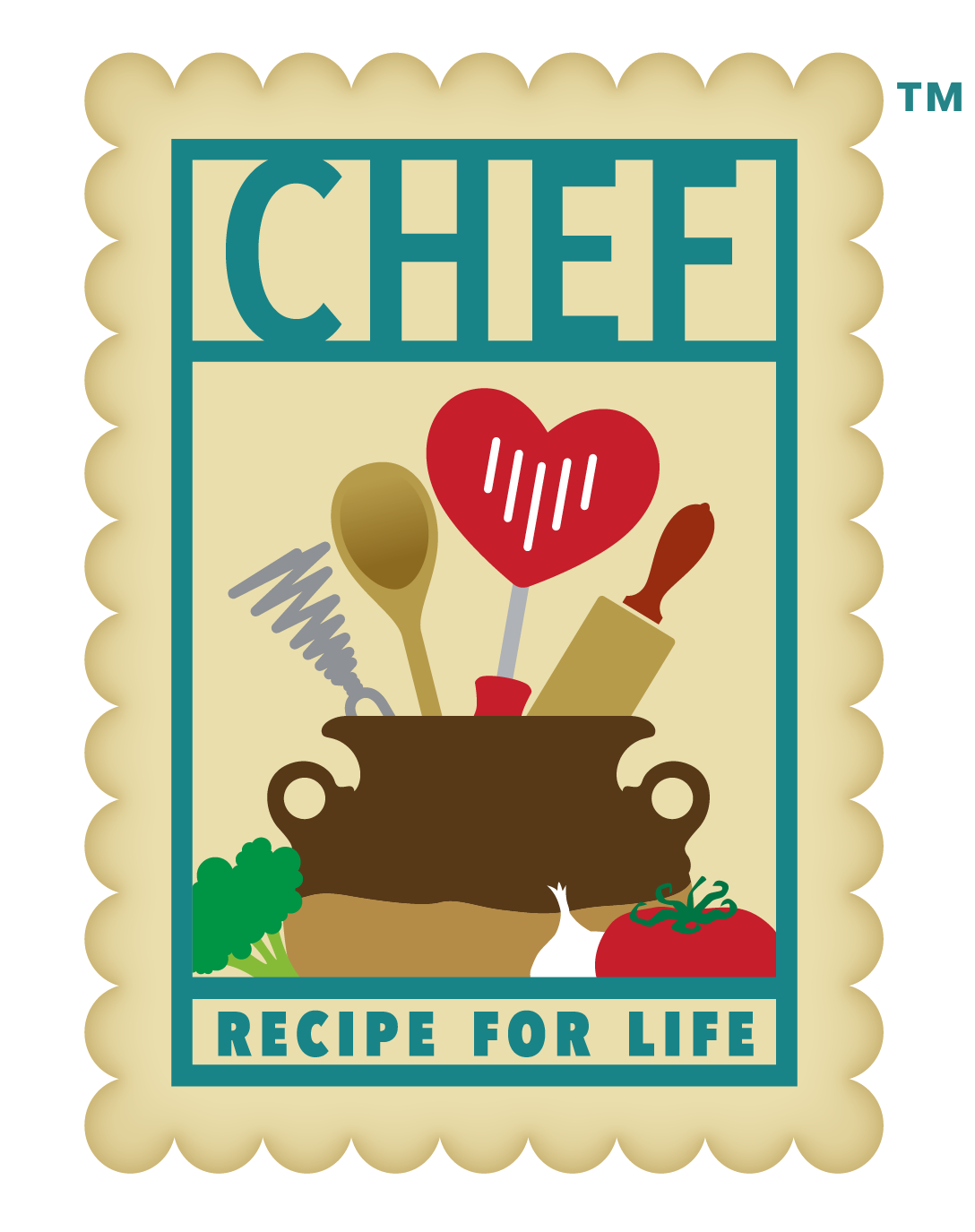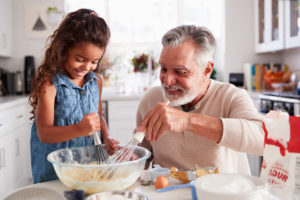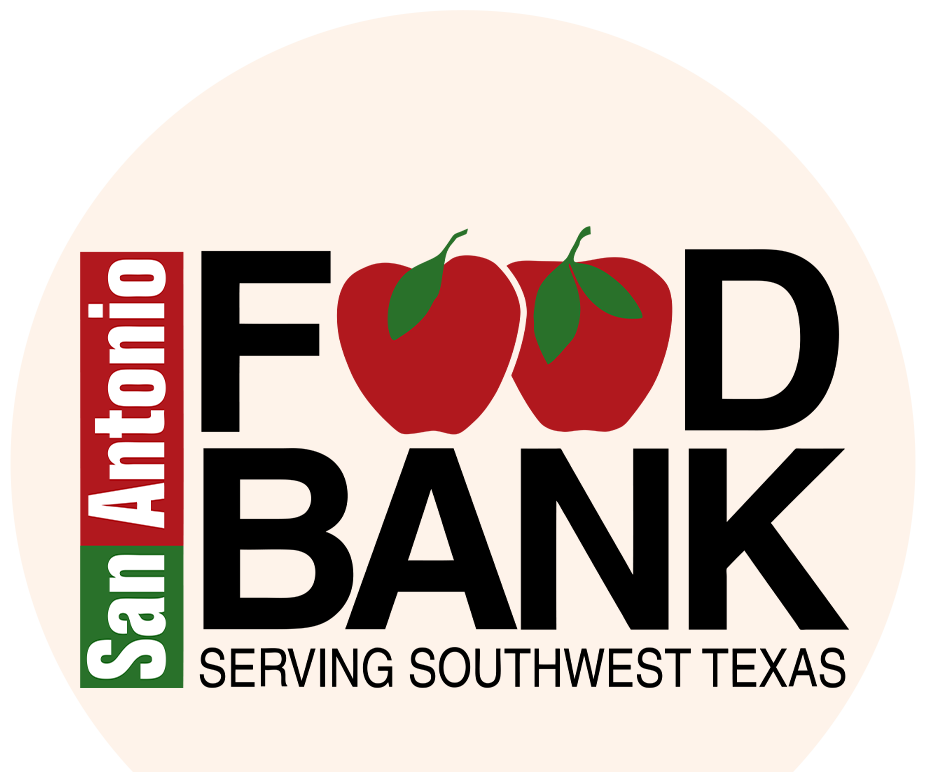Chef
Culinary Skills for All Ages

Cooking is a fun activity for the entire family and a great way to build creativity! Including your children in the meal preparation process can expand their taste preferences and help them explore new foods. Even the youngest members of the family can join in! If you’re wondering how to include your family next time you’re in the kitchen, here’s our tips on which culinary skills are appropriate to practice for each age group and some ways you can help grow your child’s confidence in the kitchen.
Children ages 3-5 years:
- Highlight the importance of food safety by properly washing hands before, during, and after touching raw and ready-to-eat ingredients.
- Practice using a spatula to clean out ingredients in bowl.
- Show them how to wash vegetables and fruits – this is also a great way for them to discover the names of different produce and spark an interest in tasting new foods.
- Let them use a fork to mash potatoes and demonstrate how a potato masher tool can be used.
- Teach them how to stir and mix ingredients using a spoon or clean hands.
- Practice pouring or spooning ingredients into scales, measuring cups, or measuring spoons.
- Let them cut soft ingredients such as butter, mushrooms, strawberries using a kid-friendly knife.
- Teach them how to bread and flour different foods by setting up three stations with flour, beaten eggs, and breadcrumbs.
- Show them how to tear ingredients such as herbs and lettuce.
- Demonstrate how to use a sieve for measuring flour.
- Explain how to use a pestle and mortar.
- Practice light kneading, rolling, shaping, and cutting dough.
Children ages 5-7 years:
- Highlight the importance of food safety by properly washing hands before, during, and after touching raw and ready-to-eat ingredients.
- Teach them age appropriate knife skills and the “claw” technique to keep fingers and hands safe.
- Allow them to use scissors to cut herbs and other delicate ingredients.
- Show them how to safely use a grater or a micro-plane.
- Practice measuring wet and dry ingredients using scales, measuring cups, and measuring spoons.
- Explain the process of cracking, beating, and folding eggs.
- Try greasing and lining a cake tin or tray.
- Demonstrate how to peel citrus and hard-boiled eggs.
- Practice pressing garlic through a sieve.
- Teach them how to help set the table.
- Show them how to clean their kitchen work area.
Children ages 8-11 years:
- Help them understand the basic principles of reading and following an age appropriate recipe.
- Highlight the importance of food safety by properly washing hands before, during, and after touching raw and ready-to-eat ingredients.
- Teach them age appropriate knife skills and the “claw” technique to keep fingers and hands safe.
- Practice using a spatula to remove ingredients from a bowl.
- Let them observe and help them understand the safe and proper use of a food processor and blender.
- Allow them to use scissors to cut herbs and other delicate ingredients.
- Show them how to safely use a grater or a micro-plane.
- Demonstrate how to peel citrus and hard-boiled eggs.
- Practice measuring wet and dry ingredients using scales, measuring cups, and measuring spoons.
- Explain the process of cracking, beating, and folding eggs.
- Show them how to safely use a can opener.
- Try greasing and lining a cake tin or tray.
- Demonstrate the safe use of an oven and stove top for baking, roasting, toasting, and sautéing.
- Practice using an oven timer.
- Teach them how to help set the table.
- Show them how to clean their kitchen work area.
Children ages 12 years and older:
- Highlight the importance of food safety by properly washing hands before, during, and after touching raw and ready-to-eat ingredients.
- Show them how to safely use a grater or a micro-plane.
- Allow them to organize ingredients and the cooking process according to the recipe.
- Teach them age appropriate knife skills and the “claw” technique to keep fingers and hands safe.
- Let them read and follow a recipe to create a final dish.
- Practice kitchen math for counting, dividing portions, and doubling recipes.
- Teach them different ingredients and their origin.
- Review the different types of kitchen equipment and explain their proper use. Here’s a list of basic equipment to get you started.
- Show them how to safely use a can opener.
- Practice using an oven timer.
- Demonstrate the safe use of an oven and stove top for baking, roasting, toasting, and sautéing.
- Review the basic science of cooking and how common ingredients change during cooking.
- Practice hand skills and coordination of carrying, transferring, and pouring of ingredients.
- Teach them how to help set the table.
- Show them how to clean their kitchen work area.
Additional resources:
- If you’d like to brush up on common culinary skills, check out our skills videos.
- To take the confusion out of cooking, review our kitchen vocabulary terms with your child.
- Now that you know what skills are age appropriate for your child, try recreating one of our recipes at home with entire family using our recipe videos.



